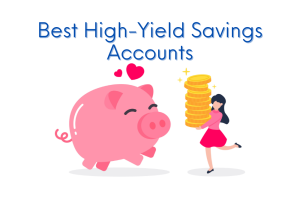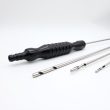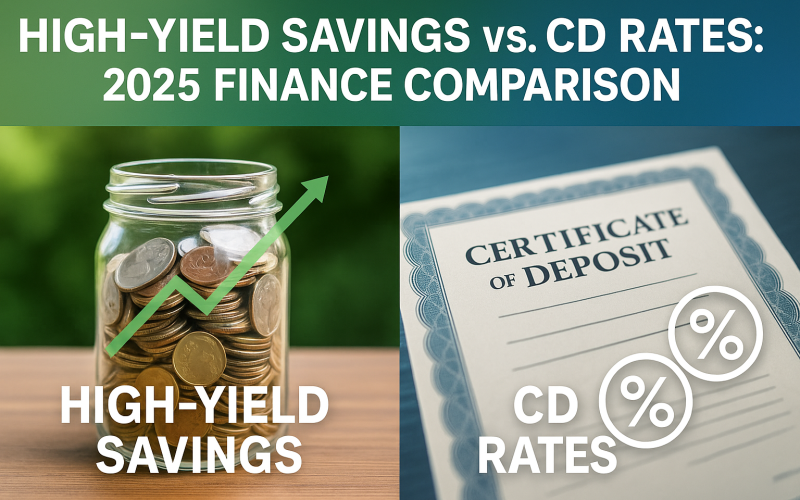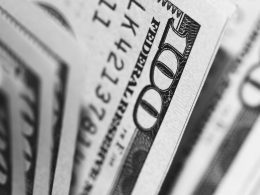Introduction
When it comes to saving money, interest rates matter. As 2025 approaches, many savers are deciding where to put their money in order to maximize returns. Two of the most popular options are high-yield savings accounts and certificates of deposit (CDs). Both offer a safe place to park your money, but the returns, flexibility, and terms can differ significantly.
In this article, we’ll dive into the differences between high-yield savings accounts and CDs in 2025. We’ll compare interest rates, access to funds, and other important factors so you can make an informed decision about where to put your money. Whether you’re saving for an emergency fund, a major purchase, or long-term goals, understanding these options can help you make the most of your savings.
What Is a High-Yield Savings Account?

A high-yield savings account is a type of savings account that offers a higher interest rate than traditional savings accounts. These accounts are offered by banks, credit unions, and online financial institutions. The primary appeal of high-yield savings accounts is the ability to earn more on your deposits with minimal risk.
- How It Works: High-yield savings accounts typically offer interest rates that are significantly higher than the national average for traditional savings accounts. This makes them an attractive option for those who want to earn more on their savings without taking on much risk.
- Interest Rates: As of 2025, high-yield savings accounts can offer interest rates between 3% to 5% APY, depending on the financial institution. These rates are much higher than the rates offered by traditional savings accounts, which may offer as little as 0.01% APY.
- Access to Funds: One of the key benefits of high-yield savings accounts is that they offer easy access to your funds. You can withdraw money at any time, either through online banking or at a physical branch if the bank has one. This makes them ideal for emergency savings or short-term goals.
Benefits of High-Yield Savings Accounts:
- Higher interest rates than traditional savings accounts
- Flexible access to funds
- FDIC-insured up to $250,000 per depositor
What Is a Certificate of Deposit (CD)?

A certificate of deposit (CD) is a time deposit offered by banks and credit unions that provides a fixed interest rate over a set period. When you invest in a CD, you agree to leave your money in the account for a specific term, which can range from a few months to several years.
- How It Works: CDs require you to deposit a certain amount of money for a set period, known as the term length. The financial institution offers a fixed interest rate, which is typically higher than the rate on a savings account. In exchange for this higher rate, you agree to keep your money in the CD until the maturity date.
- Interest Rates: CD interest rates can range from 3% to 6% APY, depending on the term length and the current economic conditions. Longer terms generally offer higher rates, but rates can vary based on the bank or credit union offering the CD.
- Access to Funds: The main disadvantage of a CD is that you cannot access your money without penalty until the term expires. Early withdrawal typically results in a penalty, which could be a portion of the earned interest or even some of your principal.
Benefits of CDs:
- Higher interest rates compared to high-yield savings accounts, especially for longer terms
- Guaranteed return since the interest rate is fixed
- FDIC-insured up to $250,000 per depositor
Key Differences Between High-Yield Savings Accounts and CDs

While both high-yield savings accounts and CDs offer safe places to park your money, there are key differences in how they function. Understanding these differences can help you determine which option is best for your savings goals.
1. Interest Rates
One of the main differences between high-yield savings accounts and CDs is the interest rate. High-yield savings accounts generally offer a lower interest rate compared to CDs, but they come with more flexibility.
- High-Yield Savings: Rates range from 3% to 5% APY. The rate can change over time depending on market conditions.
- CDs: Rates typically range from 3% to 6% APY, depending on the term length. The rate is fixed for the duration of the CD.
- Which is Better?: If you’re looking for the highest guaranteed return over a set period, a CD might be the better choice. However, if you need flexibility and don’t want to lock in your money for months or years, a high-yield savings account might be the way to go.
2. Access to Funds
Another significant difference between high-yield savings accounts and CDs is how easily you can access your funds.
- High-Yield Savings: You can withdraw your funds at any time without penalty. This makes high-yield savings accounts ideal for short-term goals or emergency funds where you might need quick access to your money.
- CDs: You must keep your money in the account for the entire term, which can range from a few months to several years. Withdrawing funds early typically results in a penalty, making CDs less flexible than high-yield savings accounts.
- Which is Better?: If you need access to your funds at any time, a high-yield savings account is the better option. However, if you’re looking for a fixed return and don’t need immediate access to your money, a CD might be more suitable.
3. Risk and Flexibility
Both high-yield savings accounts and CDs are low-risk options, but they differ in terms of flexibility.
- High-Yield Savings: These accounts are very flexible and low-risk. Your money is FDIC-insured up to $250,000, and you can access it whenever you need it.
- CDs: While CDs are also low-risk and FDIC-insured, they come with less flexibility because your money is locked in for a set period. Early withdrawal penalties can reduce the overall return on investment.
- Which is Better?: If you want flexibility, high-yield savings accounts are the better choice. If you’re comfortable locking your money away for a fixed term in exchange for a potentially higher return, CDs may suit your needs.
When to Choose a High-Yield Savings Account vs. a CD

The decision between a high-yield savings account and a CD ultimately depends on your financial goals and timeline. Here are a few considerations to help you decide:
1. Use a High-Yield Savings Account When:
- You want to earn more interest than a regular savings account.
- You need flexibility and may need to access your funds quickly.
- You’re saving for short-term goals like an emergency fund or vacation.
- You prefer the security of an FDIC-insured account without committing to a fixed term.
2. Use a CD When:
- You have a specific savings goal with a clear timeline (e.g., buying a house in a few years).
- You don’t need immediate access to your funds.
- You’re looking for a guaranteed return with no risk of losing principal.
- You can lock in your money for a fixed term and take advantage of potentially higher interest rates.
Table: High-Yield Savings vs. CDs Comparison
| Feature | High-Yield Savings Account | Certificate of Deposit (CD) |
|---|---|---|
| Interest Rate | 3% to 5% APY | 3% to 6% APY |
| Access to Funds | Immediate access, no penalty | Locked for a set term, penalties for early withdrawal |
| Term Length | No set term | Terms range from a few months to several years |
| Flexibility | High, can withdraw anytime | Low, money is locked in for the term |
| FDIC Insurance | Yes, up to $250,000 per depositor | Yes, up to $250,000 per depositor |
| Best For | Short-term goals, emergency fund, flexible savings | Long-term savings, fixed return |
Conclusion
Both high-yield savings accounts and CDs offer advantages depending on your financial goals. High-yield savings accounts provide flexibility and easy access to funds, while CDs offer higher returns in exchange for locking in your money for a set period.
In 2025, both options continue to be solid choices for safe, low-risk investing. Whether you’re looking for an emergency fund or saving for a long-term goal, understanding the differences between high-yield savings and CDs will help you make the right decision for your financial future.
Call-to-Action
Ready to start growing your savings? Compare high-yield savings accounts and CDs to find the best option for your needs. Start earning more on your savings today with the right account for you!












